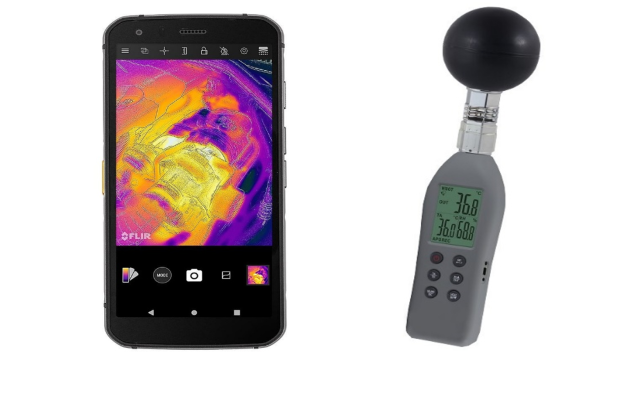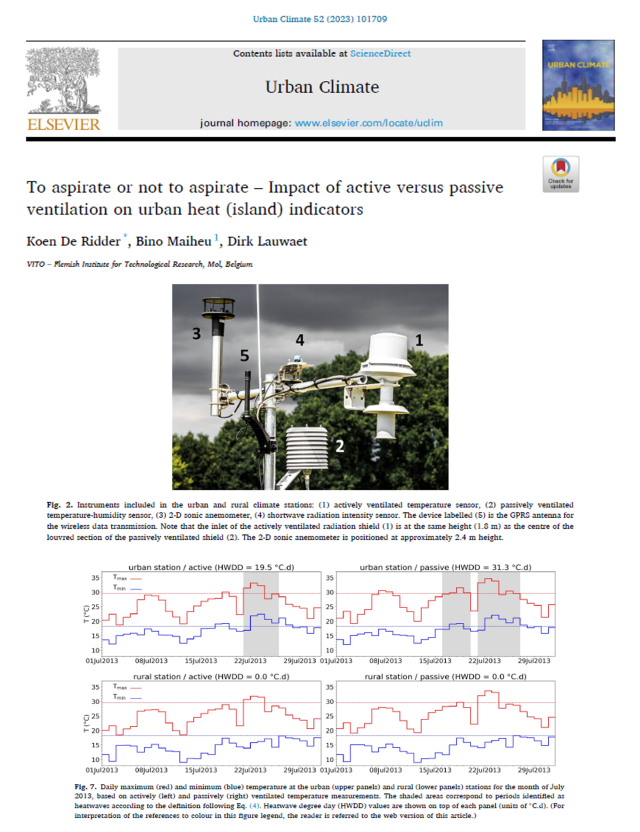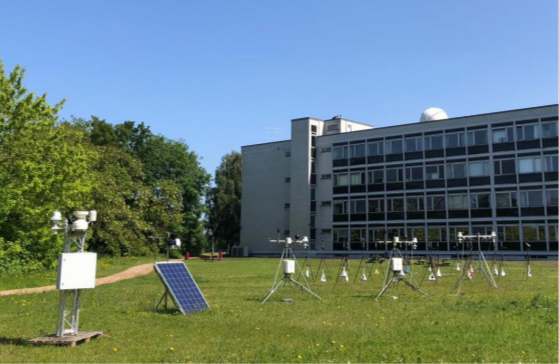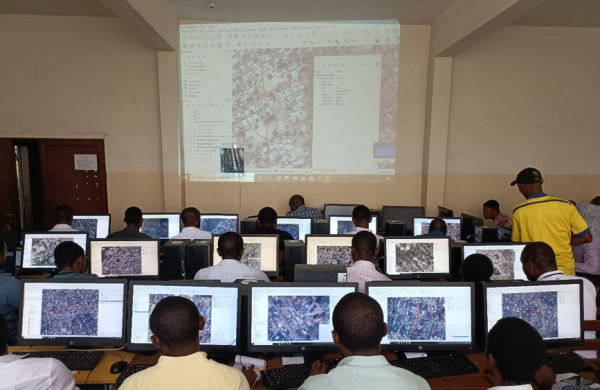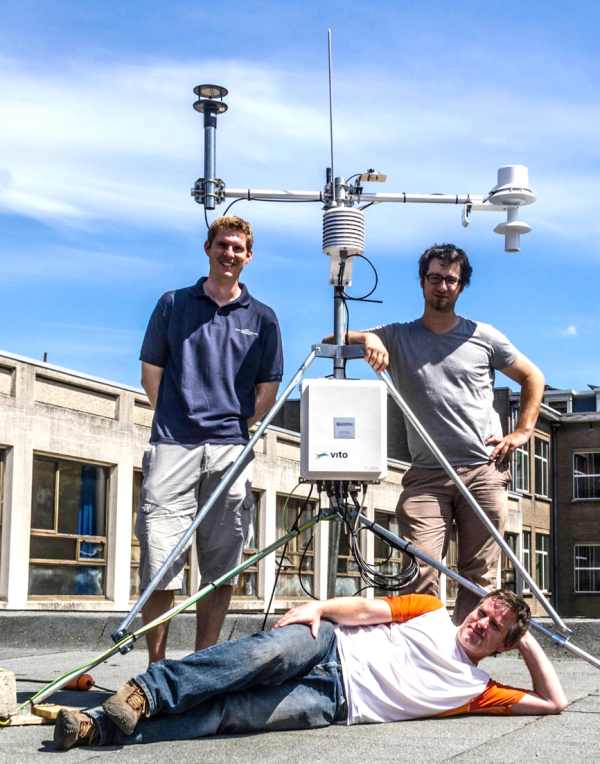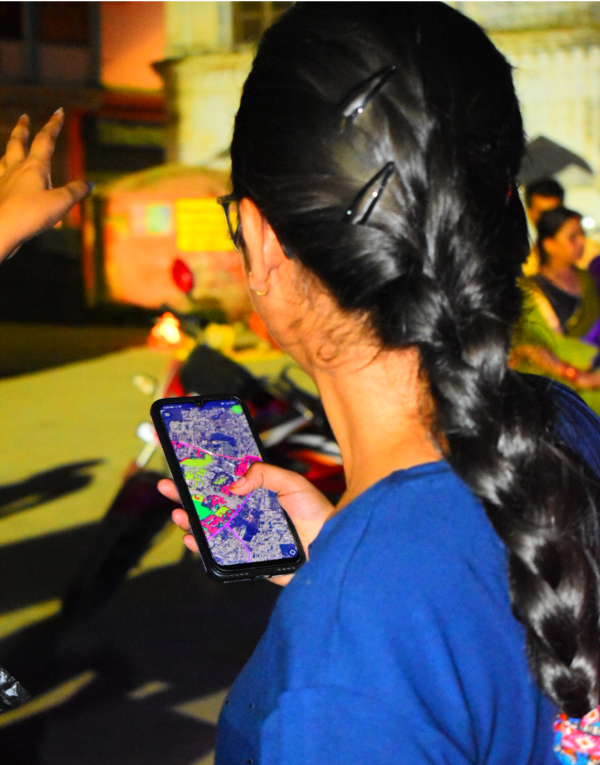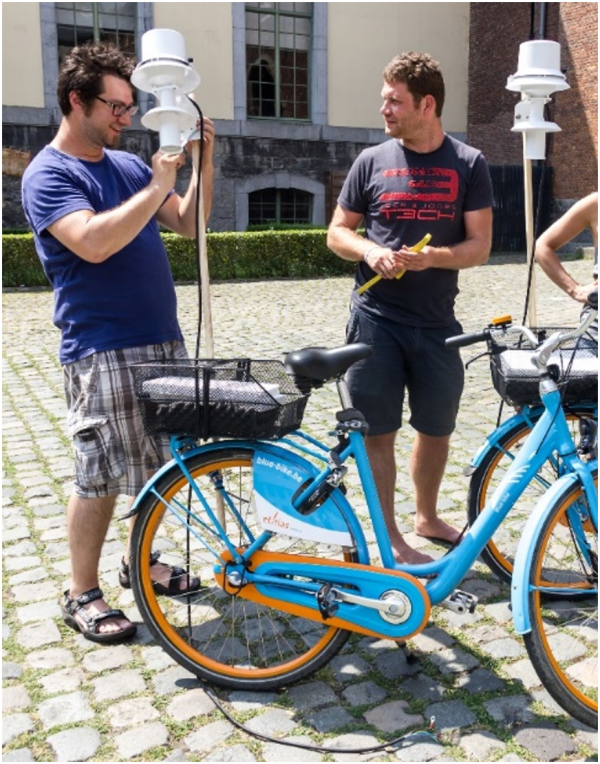What we do
Performing precise measurements in climate research is crucial for accurately tracking changes in environmental conditions.
Reliable data obtained from these measurements inform predictive models that guide policy decisions and climate action strategies. Furthermore, consistent measurements help validate scientific theories, ensuring that proposed solutions are based on robust and empirical evidence.
Our expertise covers: assessing meteorological variables based on continuous monitoring; dedicated measurement campaigns e.g. for mapping heat stress, using handheld WBGT sensors and thermal imaging; mobile measurements; monitoring of indoor thermal comfort, ... .
Results
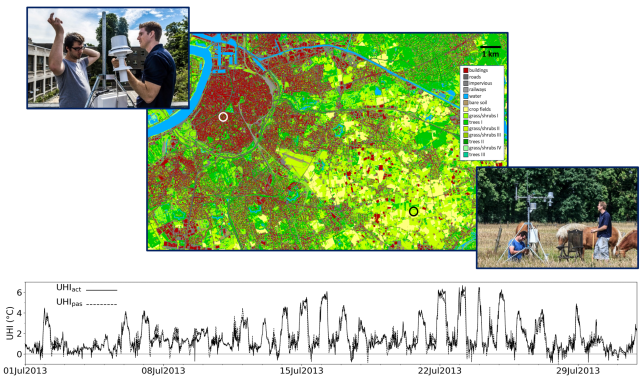
Assessment of the urban-rural temperature differences in Antwerp (Belgium) using continuous monitoring by fixed meteo stations.
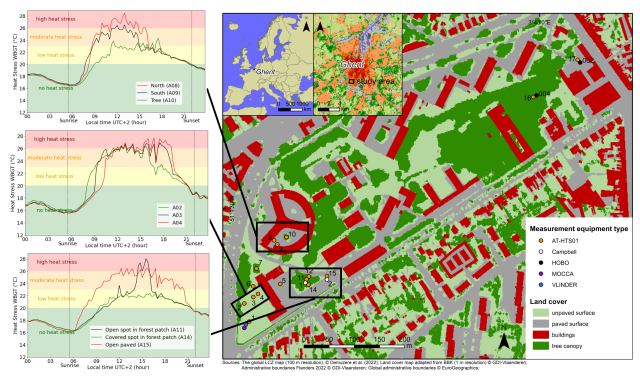
Assessment of the effect of diverse micro-environments on heat stress using a dense network of wet bulb globe temperature observations in Ghent, Belgium.
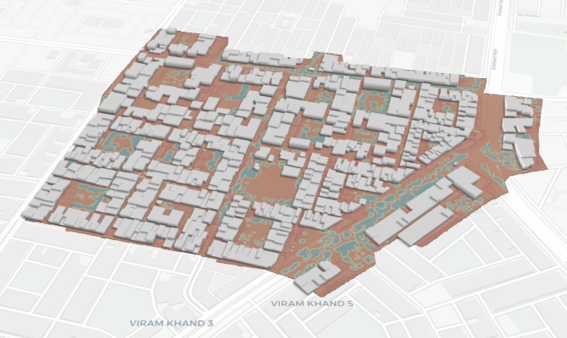
Detailed heat stress map of Ayodhya (India), resulting from a handheld WBGT sensor training and a heat stress mapping course to local students.
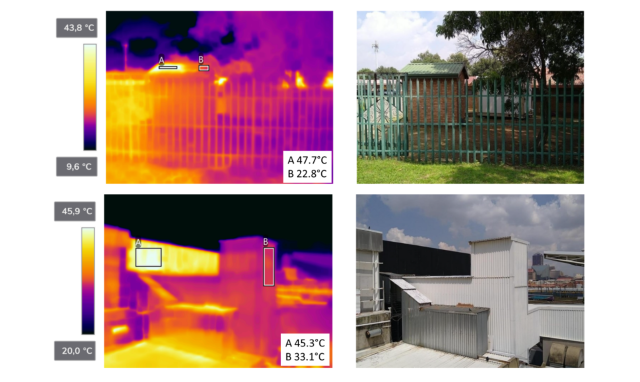
Results of thermal imaging campaign in Johannesburg (South Africa), revealing the cooling impact of shading (top) and whitening walls (bottom).
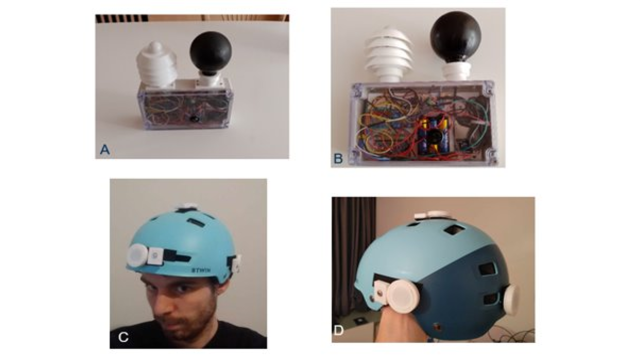
Development of devices to measure the Wet Bulb Globe Temperature both statically (A & B) and dynamically (C & D), utilizing hobby electronics and components produced with 3D printing.
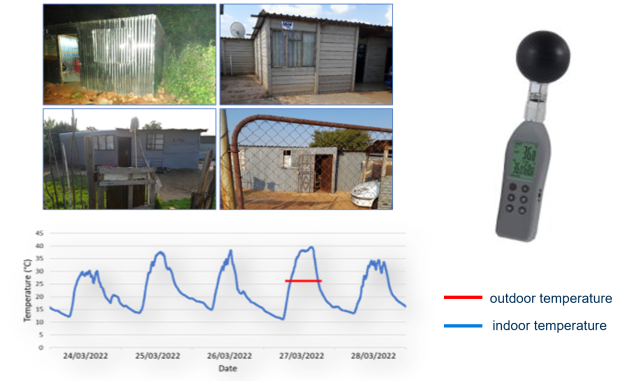
Air temperature measurements (blue curve) conducted in low-cost dwellings in Johannesburg, South Africa. Indoor temperatures go up to 40°C, even though outdoor temperature does not exceed 26°C (red line).
Showcase projects
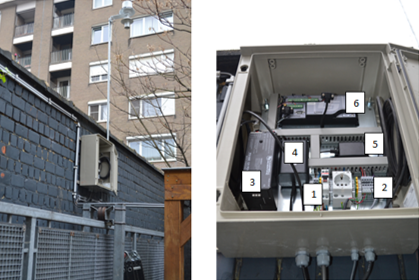
Heat forecast and monitoring
Support the city of Antwerp with local 5-day heat forecast system and weather monitoring station.
Belgium
Urban heat monitoring, Johannesburg
Publication in the spotlight
Abstract
The present paper reports on the impact of ventilation mode – active versus passive – of instrument screens for air temperature measurements on canopy urban heat (island) indicators. This is done using air temperature data gathered in the Antwerp (Belgium) area in July 2013, in an experimental set-up composed of an urban and a nearby rural climate station, each equipped with both actively and passively ventilated temperature sensors. The resulting data shows an air temperature bias between the passively and actively ventilated measurements of up to approximately 2 ◦C, the highest values occurring under conditions of a high solar radiation load and low wind speed. Yet, the canopy urban heat island (UHI) increment, i.e., the urban-rural air temperature difference, is hardly affected by the ventilation method, which is ascribed to the fact that high UHI increments occur mainly at night when, in absence of solar radiation, active ventilation has a lesser influence on measured temperature. Conversely, urban heat indicators involving daytime air temperature, such as heatwave degree days (HWDD) or Steadman’s apparent temperature, tend to produce overly high values when use is made of passively ventilated temperature measurements.
